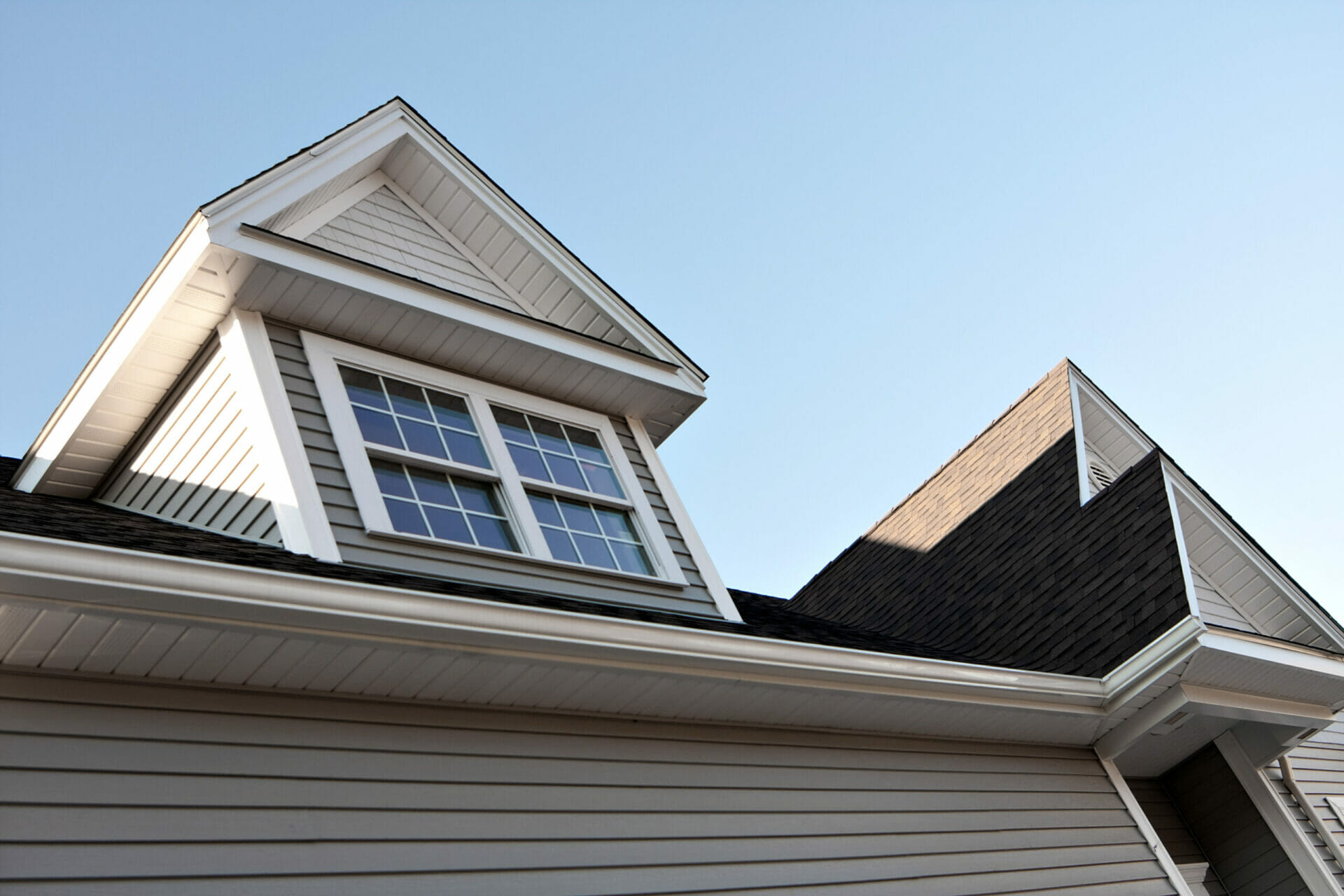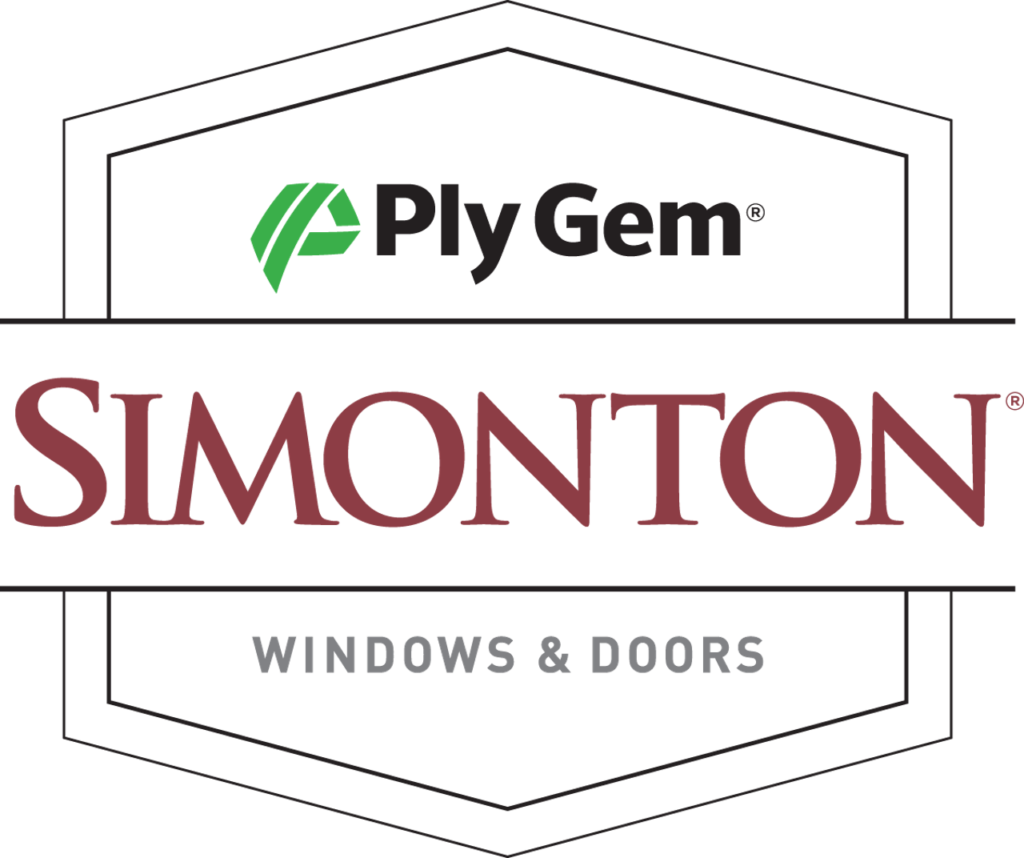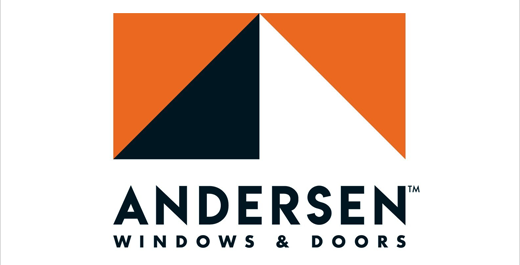Have you experienced the intense heat of a Texas summer?
Your home’s siding certainly has. It serves as a protective barrier, guarding your home against the elements.
However, not all siding is created equal. An incorrect choice can lead to costly repairs and rapidly increasing energy bills.
The hot sun calls for different protection than freezing cold or constant humidity – there is no one-size-fits-all solution here! So how do we decide which ‘suit’ our house needs?
Understanding the Impact of Climate on Siding Choices
Climate plays a pivotal role in deciding your home’s siding type. It’s not just about curb appeal but durability and performance, too.
Heat resistance is crucial in places like Austin, TX, where JASB Roofing & Exterior Remodeling helps customers with their exterior remodeling needs. That’s why materials such as fiber cement or vinyl are popular—they can withstand high temperatures without warping or fading. On top of that, they offer excellent UV protection to maintain color vibrancy despite intense sunlight.
In colder areas, things are different. Here, insulation becomes key to combat freezing winters while preventing energy loss from home heating systems. Insulated vinyl siding or wood can be an ideal choice because these materials provide excellent thermal insulation.
The story changes again if humidity is the primary concern – coastal regions or tropical areas with high yearly rainfall. For humid conditions, resistance to moisture absorption and fungal growth is vital—this makes choices like engineered wood or fiber cement stand out due to their natural resistance against rotting and mildew buildup.
Evaluating Siding Options for Hot Climates
Choosing the right siding in hot climates like Austin, TX, is crucial. The intense heat and sunlight can take a toll on your home’s exterior if you don’t pick materials built to withstand these conditions.
Vinyl Siding: Affordable and Durable
Vinyl siding has been a top choice for homeowners in hot climates. It’s cost-effective and resistant to sun damage thanks to its UV protection layer.
This type of siding doesn’t absorb much heat, which helps keep indoor temperatures down during sweltering summers.
Fiber Cement Siding: Heat Resistant and Long-lasting
Fiber cement siding, although more expensive than vinyl, is highly durable under high-heat conditions. Its composition includes cement mixed with cellulose fibers, giving it excellent thermal resistance properties.
In addition, fiber cement offers excellent design versatility, making it an attractive option despite its higher price point.
Metal Siding: Reflective and Cool
Metal sidings also are good choices for homes in hotter regions because they reflect solar radiation rather than absorb it. This characteristic keeps homes cooler inside by reducing heat gain from the sun.
Best Siding Choices for Cold Climates
If you live in a place like Austin, TX, where winter temperatures can dip low, your siding material can make all the difference. The cold climate poses challenges that require specific attributes from your home’s exterior.
Vinyl Siding: A Reliable Choice
Vinyl siding is a top choice due to its durability and cost-effectiveness. It stands up well against freezing conditions without cracking or warping. Plus, it requires little maintenance, even in harsh weather.
Fiber Cement Siding: Built for Tough Winters
Another strong contender is fiber cement siding. Its wood pulp and cement composition gives it resilience against extreme cold and ice accumulation. However, fiber cement might need more upkeep than vinyl.
Metal Siding: Resilient Against Cold Weather
Metal – mainly steel – offers another viable option with high resistance to cold temperatures. It’s sturdy but may rust if not properly treated or maintained.
Remember that selecting the right siding involves considering other factors, such as aesthetics and budget.
Selecting Siding for Humid Climates
When you live in a place like Austin, TX, where humidity can be high, selecting the right siding is crucial. You need materials that resist moisture absorption and fight off fungal growth.
Vinyl siding tops our list because it’s water-resistant, durable, and low maintenance. But remember to ensure its installation is done correctly; otherwise, trapped moisture could lead to mold issues.
Fiber Cement Siding: A Solid Choice
Fiber cement siding has grown popular due to its durability against various climate conditions, including humidity. This type of siding doesn’t warp or rot when exposed to moist air.
Metal Siding: An Unconventional Yet Effective Option
Last but certainly not least, consider metal siding – especially aluminum. It’s resistant to rust and highly effective at combating dampness. Modernize explores this further with the pros and cons of aluminum sidings.
In humid climates like ours here in Austin, TX, choosing your home’s shield against nature needs careful consideration based on firsthand experience dealing with local weather patterns. Ensure you select a material that can withstand the temperature and moisture levels.
Importance of Proper Installation in Different Climates
Siding installation isn’t a one-size-fits-all job. Your home’s location, be it Austin, TX, or Anchorage, AK, plays a significant role. It determines the type of siding that will perform best and how it should be installed.
Different climates have unique challenges. Hot climates like ours here in Austin need sidings to withstand intense sunlight and high temperatures without warping or fading.
In contrast, cold areas demand materials that resist freezing and harsh winter conditions. A bad install can mean moisture seeping into your walls, causing damage over time.
If you live in humid areas like Florida where mold is an issue, choosing water-resistant siding is crucial, but so too is the installation method, which prevents moisture build-up behind the panels.
No matter your climate zone, JASB Roofing & Exterior Remodeling ensures every step from selection to execution fits your specific needs for optimal performance throughout each season.
Maintenance Considerations Based on Climate
When it comes to siding maintenance, climate plays a huge role. For instance, in hot climates like Austin, TX, the sun’s UV rays can fade and crack some types of siding. It’s essential to choose materials that are resistant to such damage.
In contrast, cold climates present their challenges. Freezing temperatures can cause certain materials to contract and expand repeatedly, leading to wear over time. Therefore, choosing sidings that withstand freezing conditions is crucial for homeowners in colder regions.
If you live in a humid area, your primary concern might be moisture absorption and mold growth on your siding material.
The impact of climate doesn’t stop at selection; it also influences how often you’ll need professional help for siding maintenance. More extreme weather conditions may necessitate more frequent checks and repairs by experts like us here at JASB Roofing & Exterior Remodeling.
No matter where you live, though – proper upkeep is vital. Make sure regular inspections are part of your home care routine because even the most rigid siding needs some TLC.
Cost Implications of Climate-Specific Siding Choices
Your local climate plays a significant role in the cost of siding. Not just for the initial outlay but also for long-term maintenance costs.
If you live somewhere hot, like Austin, TX, you must consider heat resistance and sun damage. Certain vinyl and fiber cement sidings are good at dealing with these conditions but can be more expensive.
In contrast, colder climates demand materials that resist freezing temperatures and snowfall. Steel or aluminum might do well here – they’re tough against harsh winter weather. But remember: metal is usually pricier than other options.
Humid climates present challenges because moisture absorption leads to rotting or fungal growth on your siding material over time. This means frequent replacements, which adds to your overall expenditure.
No matter where you live, though, installation quality matters too. A poorly installed, high-quality product won’t perform as expected and will increase future repair expenses. Fiber-cement sidings, while versatile across many climates, need professional handling due to their weighty nature – another potential bump in upfront costs.
So next time, when considering different siding choices for your home remodel project with JASB Roofing & Exterior Remodeling, make sure you take into account not only the price tag attached but also how well it suits your local weather conditions.
Conclusion
The importance of climate when choosing siding is something to pay attention to.
It’s a game-changer. It makes or breaks your home’s armor’s longevity, cost-effectiveness, and maintenance ease.
Picking out the right suit for your house is more than one-size-fits-all. It’s about finding what works best with your local weather patterns.
You’ve got this! And remember: proper installation is critical, regardless of climate or material chosen.
If you’re tired of high energy bills and frequent repairs, if you’re ready to choose smartly, then apply these lessons wisely. You’ve got everything needed now – make sure it doesn’t go to waste!












